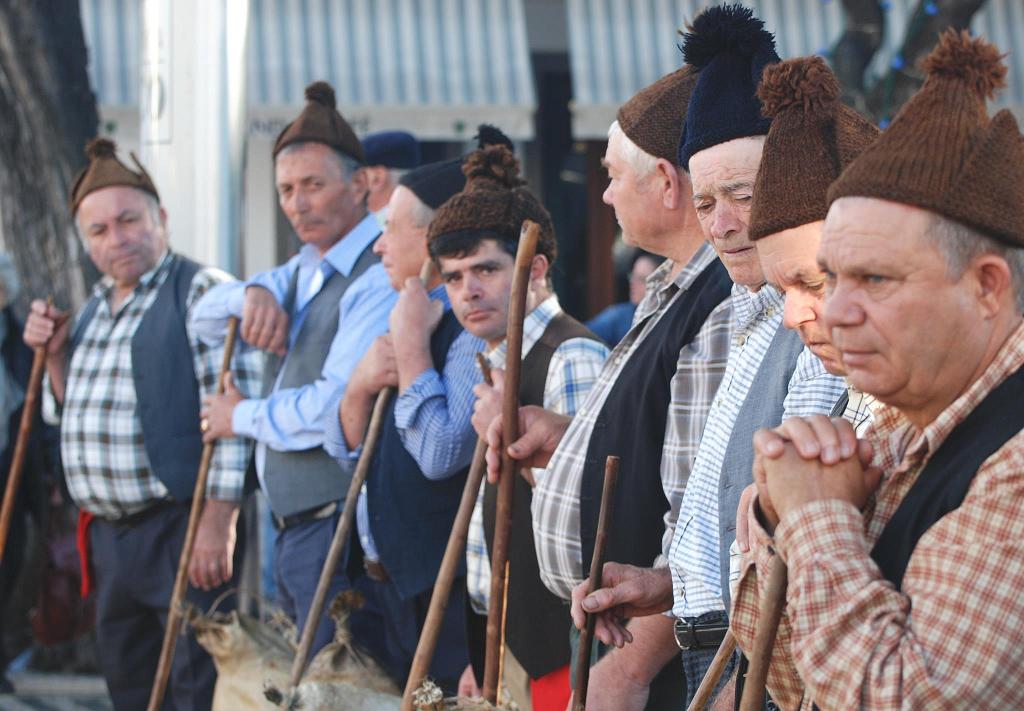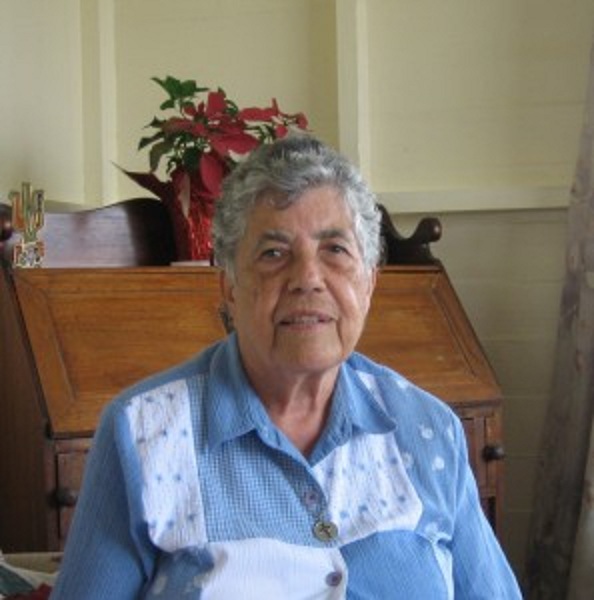The Madeiran immigrants of the 1830s were perfectly adapted to take over British Guiana’s wholesale and retail trade. As farmers (see photo) they were natural savers, hoarders and investors. By contrast, the Afro-Guyanese had yet to organise themselves economically (after emancipation) and the Amerindians were, by tradition, hunters and gathers, and thus less inclined towards the accumulation of capital. The field was open for the Portuguese. Of course, it wasn’t always easy, and the rest of the century would be marred by some vicious and recurring anti-Portuguese riots.
These were tough years for the Madeirans in Guyana. The Afro-Guyanese considered the Portuguese inferior to other whites (not buccra), and made that plain. Also, the Madeirans were Roman Catholic, not protestant, which made them worthy of contempt. Meanwhile, the European planters did not classify them as truly European but -bizarre as it now seems – accorded them a slightly lower status.
For all that, these hardy people persevered and thrived. Although they now comprise less than 0.2% of the Guyanese population, they are still make a significant contribution to the country’s economy, and names like Mendes, D’Aguilar and Correia still feature large in the nation’s commercial life.






